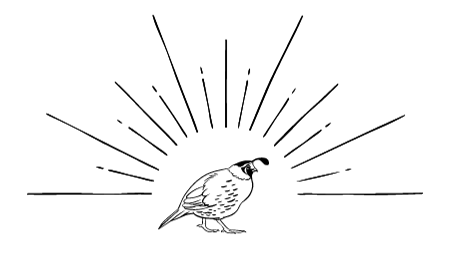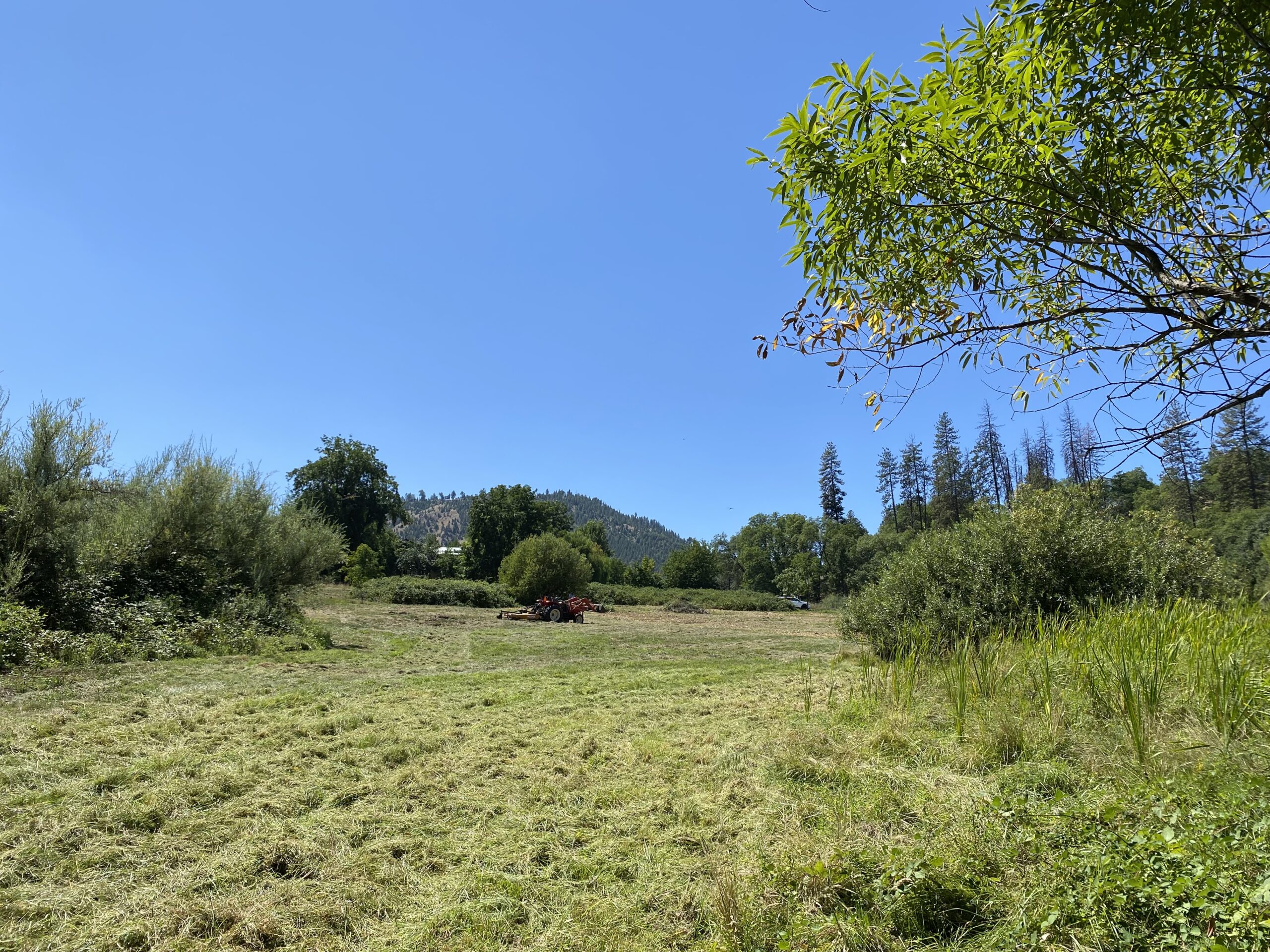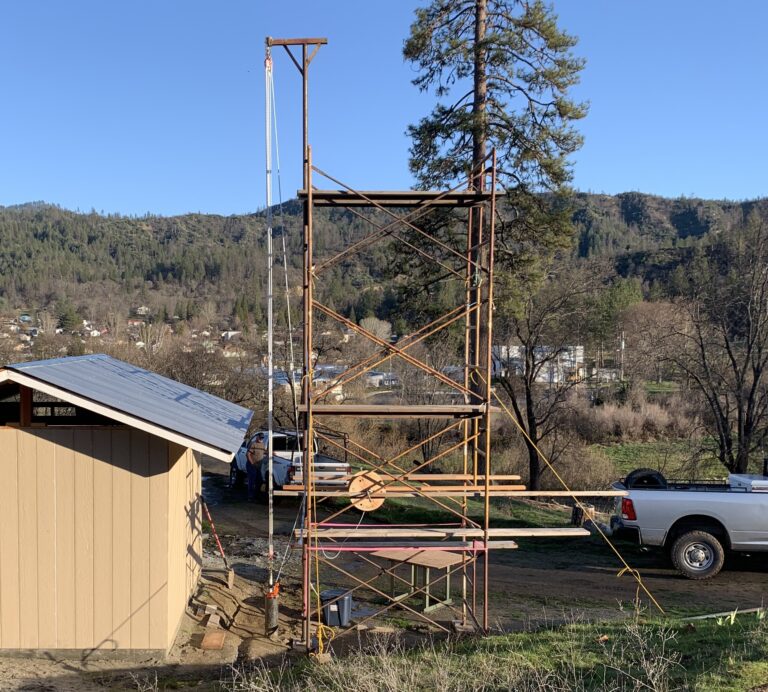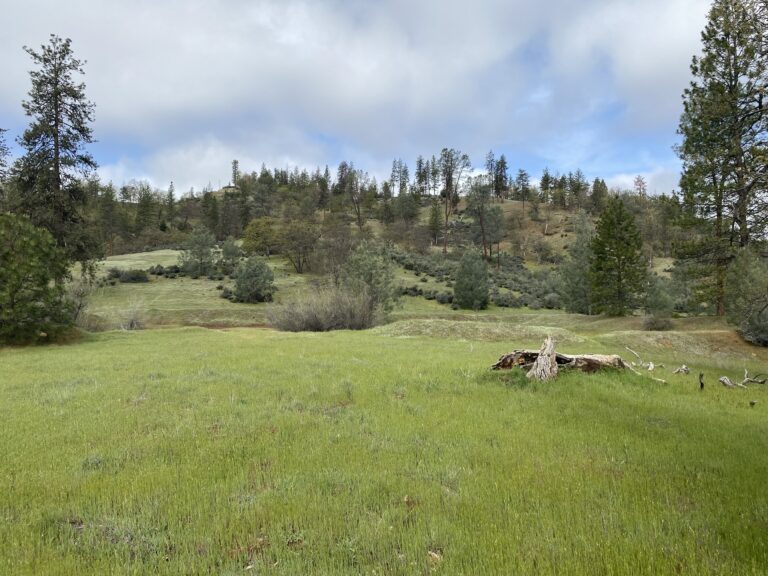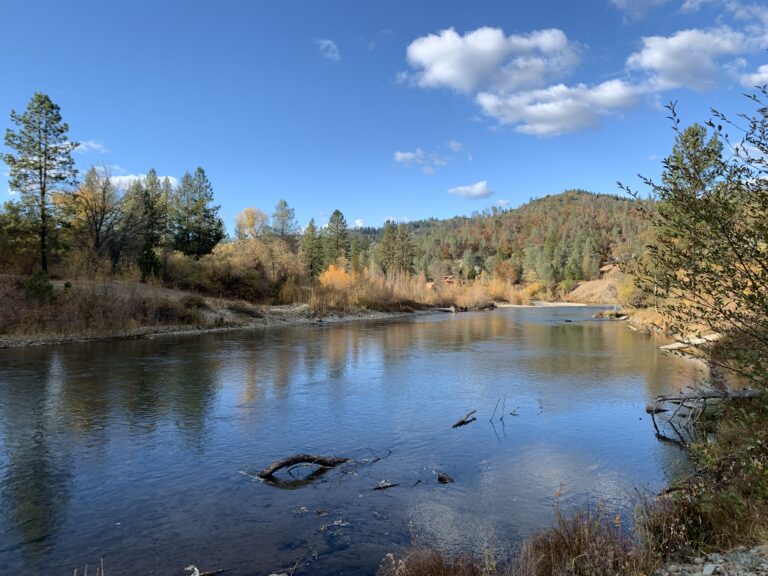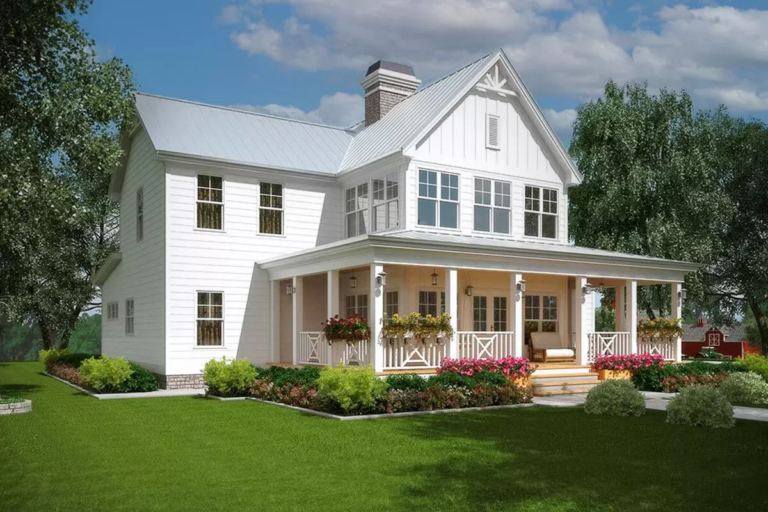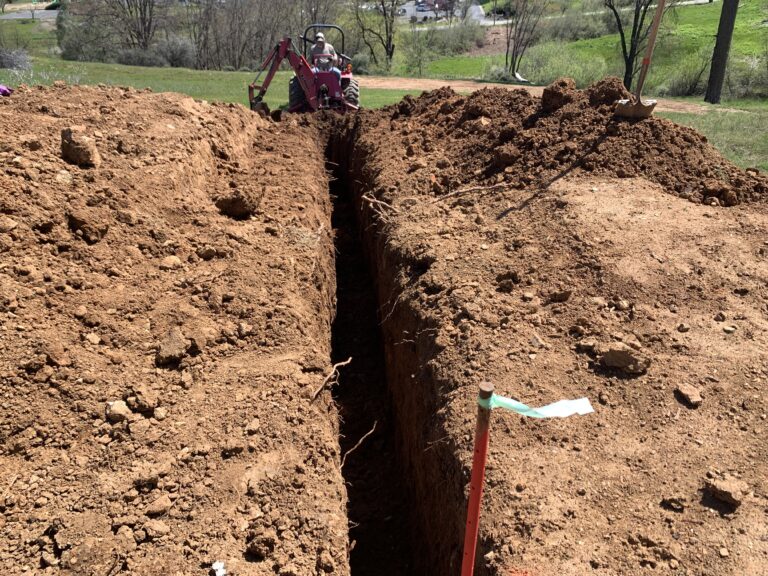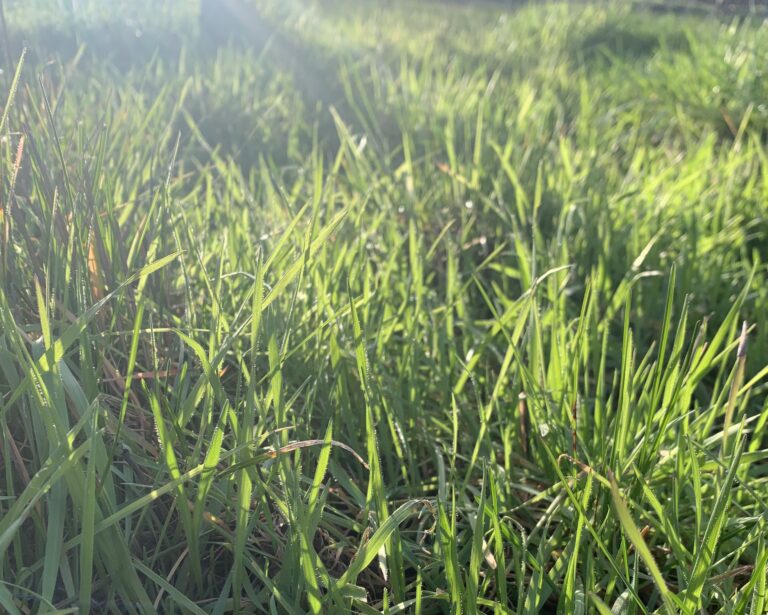How Much Land Do You Need For Homesteading?
How much land do you need for homesteading? 1 acre? 20 acres? 100 acres? Well, it depends. There are several factors to consider when evaluating land for your homestead. All of these factors affect forage production and stocking rate. Basically, how productive the property is at growing grass and feeding livestock.
If you’re looking for the short answer, I’ll make it easy for you. Below you’ll find the top five factors to consider when asking the question, “how much land do I need for homesteading?” Read on to find out just how these factors impact your homestead.
- Terrain
- Climate
- Soil type
- Water
- Your goals
Terrain
Terrain is defined as “the lay of the land”. The elevation, slope, and orientation of the land are all factors contributing to terrain. Is your property level to rolling, or is it steep and rugged? Are you at sea level, sub-alpine, or somewhere in between? Is the property mostly south-facing or north-facing?
Terrain has a significant impact on the natural use and productivity of a property. For example, if you have a site that is steep, north-facing, and a few thousand feet in elevation, chances are it’s probably not the best site for a garden or a pasture. I would be willing to bet that its natural inclination is a dense forest.
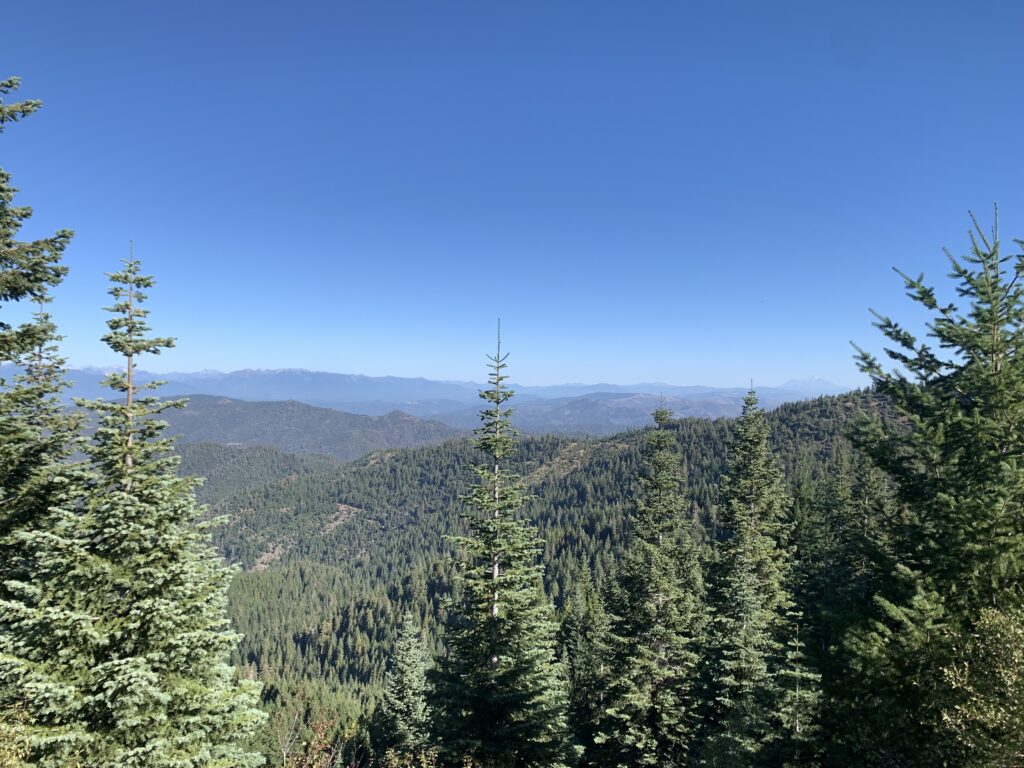
On the other hand, if you have a site that is sun-soaked, south-facing, and gently sloped, it might make for a great pasture. Of course, there are other factors involved, which we will get to; but having the right terrain can make your homestead goals a whole lot more attainable.
Don’t get me wrong – you can still have a wonderful homestead on a steep and rugged piece of property. You might just need more acreage in order to have the same productivity as a sunny, gently sloped or level plot of land.
Climate
Although climate is a more widespread feature, it’s still an important factor to consider when determining how much land you need for your homestead endeavors. What do I mean by “widespread”? Climate doesn’t change much from property to property in the same county. But climate does vary significantly over a much larger geographic area, like state to state. Nonetheless, it can impact the amount of acreage you need for your homestead, especially if your plans include raising grass-fed animals.
If you live in a dry climate such as Wyoming, it will take more acreage to grow enough grass to support your livestock. In contrast, if you live in a more temperate climate such as Virginia, chances are you’ll have better pasture and won’t need as much acreage to produce the same amount of grass.
Soil Quality
By no means am I a soil expert, so we’ll keep this simple. Soil quality is another important characteristic that will affect how productive your property is, and therefore how much acreage you need. If the land has rich, loamy soil that will grow just about anything, you might only need 5 or so acres to bring your homestead dreams to life. On the other hand, if the land has poor, rocky soil in some areas, those areas are probably not the best sites for a pasture or garden.
Keep in mind that you can improve the soil through regenerative agriculture and permaculture practices. If your property has poor soil, all is not lost! It will take some time and effort, but the reward is priceless.
Water
Water can also be included in climate, since rain water is usually a large contributor to other types of water sources, such as creeks, springs and ponds. It deserves its own place on this list however, since some areas naturally produce and/or hold on to water better. In turn, those areas are generally more productive.
Just think – a dry, hot hillside won’t be as productive as a pasture or garden site as a naturally irrigated lowland pasture. In addition, having a natural water source on your property can be really beneficial. If you can irrigate pasture in the dry season, it will produce more grass for your animals.
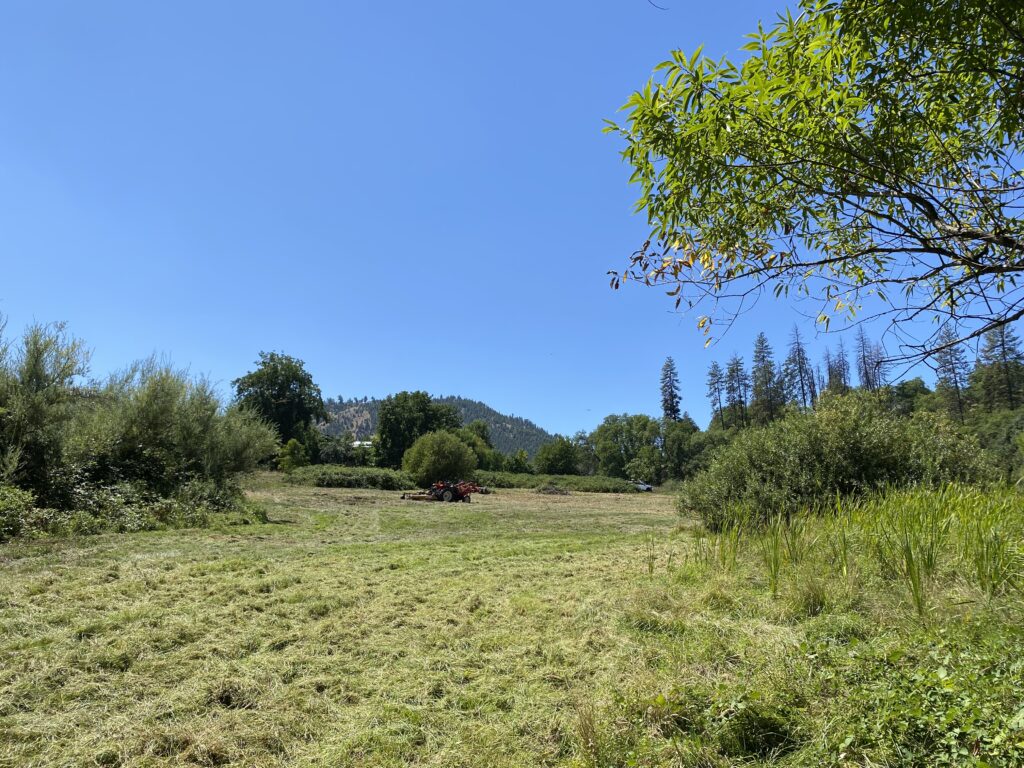
An interesting point to note: as you have probably noticed in reviewing these factors, they are all somewhat dependent on each other. For instance, a hot, dry area usually doesn’t have great soil. Climate largely affects water. Terrain and climate are closely related. Even though we take all of these factors into account when evaluating a property, there are many similarities and overlaps.
Isn’t that nature’s design in a nutshell? All systems closely related and dependent upon each other. Just some food for thought.
Now on to our last factor…and perhaps the most important.
Your Goals
We can analyze all the different aspects of the land, but the most important factor when determining how much land you need for homesteading is what your goals are. Do you plan on keeping a whole flock of sheep? Maybe a family dairy cow? Or maybe you aren’t really into large animals and are just looking to keep some chickens and a nice summer garden.
Your preferences and plans are the deciding factor when it comes to how much land you need. Explore your interests beforehand and make a plan for how you intend to run your homestead. Do you want your animals one hundred percent grass-fed? That will require more land than if you plan to supplement your animals with grain.
Keep in mind that a lot of homesteading hobbies and practices don’t require all that much space, either. You can have a beautiful, productive garden in a 500 square foot area or less. Bees don’t take up much room, and neither do chickens or rabbits.
Management practices go a long way in making small areas more productive. Think rotational grazing and chicken tractors. Many homesteaders say they can do so much more with their property when they really think about it. So don’t get too caught up in the number of acres you have, or can afford. There are many creative ways to make even a quarter acre into a mighty little homestead.
Whether you are looking to purchase vacant land or a developed property, I hope this was helpful in highlighting some important factors to consider when determining how much land you need for your homestead. Do you have anything else you would add?
Thanks for reading!
